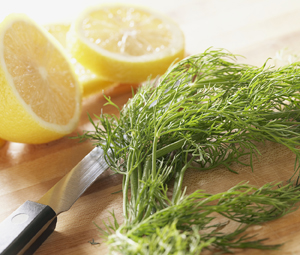Living with High Blood Pressure and Kidney Disease
Living with High Blood Pressure and Kidney Disease
By lowering high blood pressure, you can reduce the amount of damage to your kidneys, and help slow any progression of kidney disease. Visit your healthcare provider as scheduled and follow the tips below.
 Eat right
Eat right
To control blood pressure and kidney disease:
-
Limit salt (sodium) intake. Your sodium limit is 1,500 mg a day. Sodium makes up 40% of table salt, which is also called sodium chloride. So 1,500 mg of sodium equals 3,800 mg of salt. It's very important to read and understand this difference when reading food labels. The following guide will make it easy to understand how much sodium is in different amounts of salt:
-
1/4 teaspoon salt = 600 mg sodium
-
1/2 teaspoon salt = 1,200 mg sodium
-
3/4 teaspoon salt = 1,800 mg sodium
-
1 teaspoon salt = 2,400 mg sodium
-
-
Cook with spices and herbs instead of salt.
-
Eat fresh foods instead of canned or processed ones.
-
Eat less fat. Avoid fats that come from animal sources.
-
Choose low-fat dairy foods.
You may also need to
-
Eat less protein.
-
Drink less fluid.
-
Eat foods that are low in phosphorus and potassium.
Stay active
Regular activity helps reduce high blood pressure. For best results:
-
Talk with your healthcare provider before starting a fitness program. Your provider may be able to suggest activities that will help you feel your best.
-
Ask your healthcare provider how often you should exercise and for how long.
-
Try to exercise at the same time each day.
Updated:
March 16, 2019
Reviewed By:
Walead Latif MD